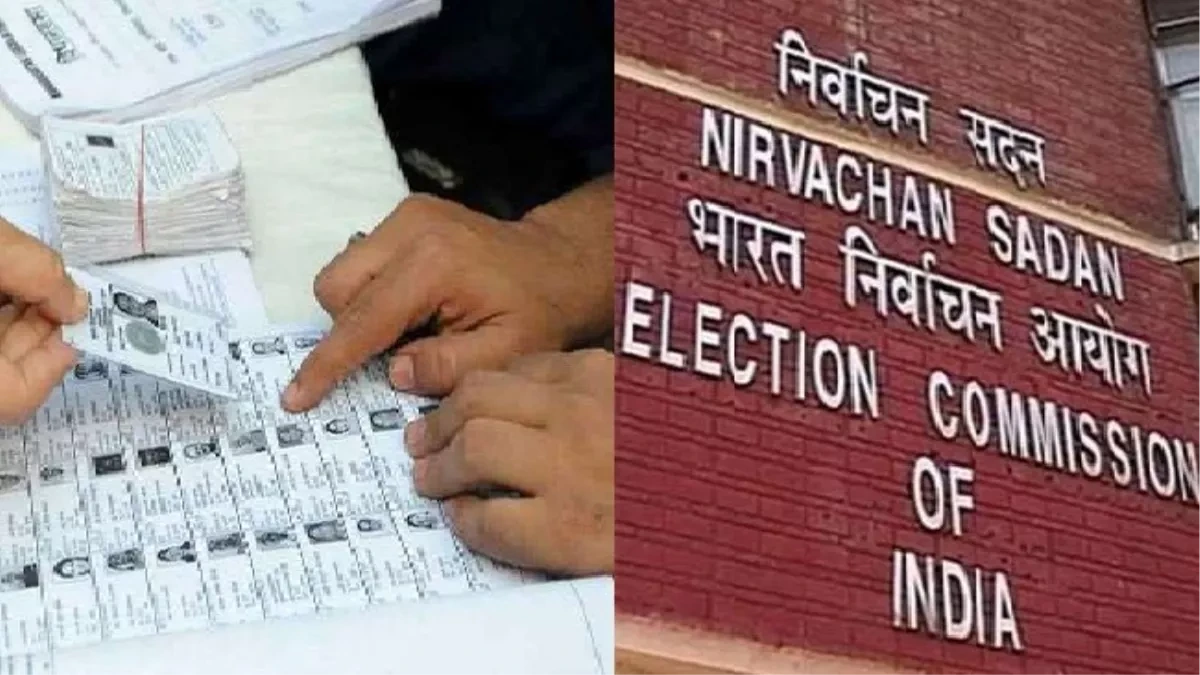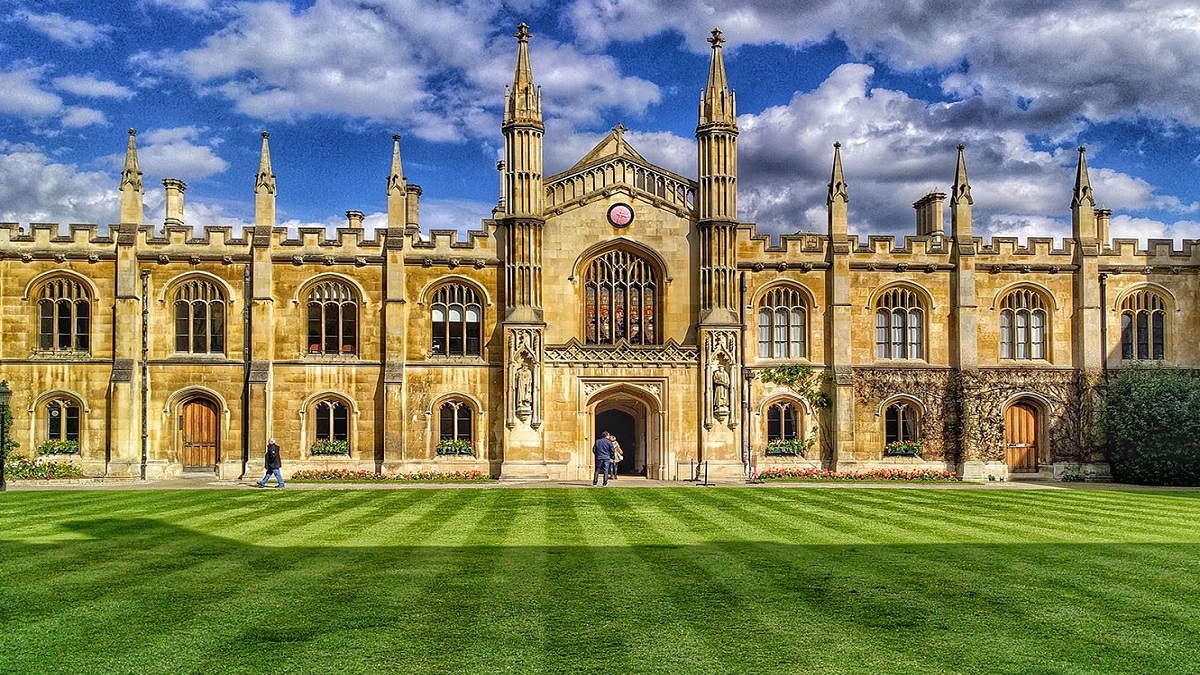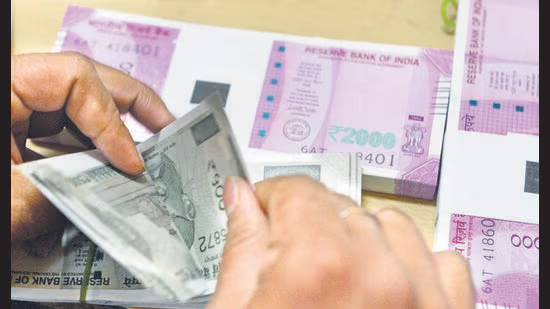- Courses
- GS Full Course 1 Year
- GS Full Course 2 Year
- GS Full Course 3 Year
- GS Full Course Till Selection
- Answer Alpha: Mains 2025 Mentorship
- MEP (Mains Enrichment Programme) Data, Facts
- Essay Target – 150+ Marks
- Online Program
- GS Recorded Course
- Polity
- Geography
- Economy
- Ancient, Medieval and Art & Culture AMAC
- Modern India, Post Independence & World History
- Environment
- Governance
- Science & Technology
- International Relations and Internal Security
- Disaster Management
- Ethics
- NCERT Current Affairs
- Indian Society and Social Issue
- NCERT- Science and Technology
- NCERT - Geography
- NCERT - Ancient History
- NCERT- World History
- NCERT Modern History
- CSAT
- 5 LAYERED ARJUNA Mentorship
- Public Administration Optional
- ABOUT US
- OUR TOPPERS
- TEST SERIES
- FREE STUDY MATERIAL
- VIDEOS
- CONTACT US
India ranked 5th most polluted country : IQAir's 7th Annual World Air Quality Report (2024)
India ranked 5th most polluted country : IQAir's 7th Annual World Air Quality Report (2024)
17-03-2025
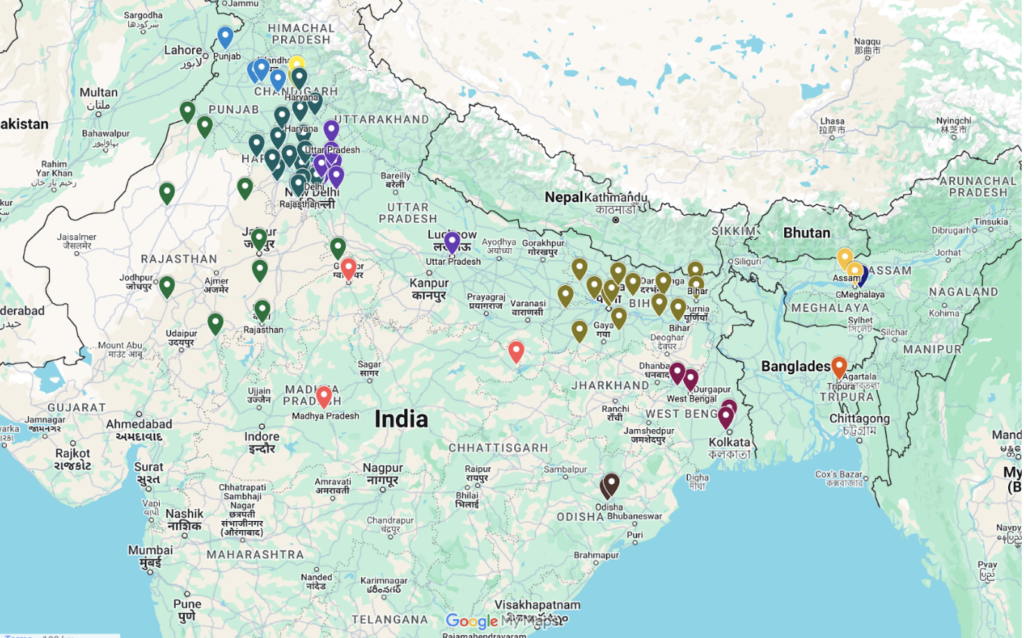
- In March 2025, 7th Annual World Air Quality Report (2024) is Published by IQAir, a Swiss technology company that works on improving air quality globally through data and innovative solutions.
- Data Source: The report uses data from over 40,000 monitoring stations in 138 countries, tracking PM 2.5 levels (particulate matter of less than 2.5 micrometers in diameter).
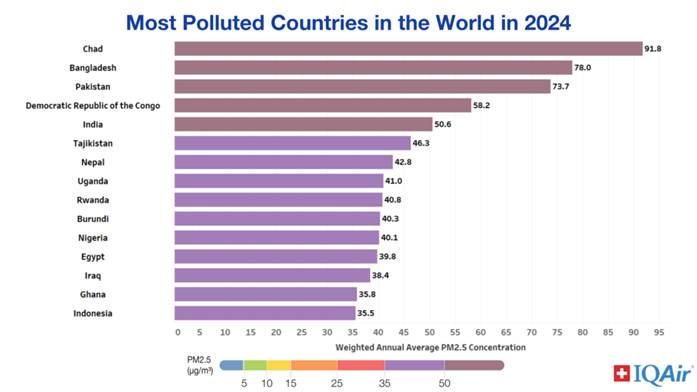
India’s Air Pollution Ranking
- Global Rank: India is ranked 5th most polluted country in the world as of 2024.
- PM 2.5 Level: India’s average PM 2.5 concentration is 50.6 µg/m³, which is more than 10 times higher than the WHO guideline of 5 µg/m³.
- This means the air in India is significantly more polluted than the levels considered safe by the World Health Organization (WHO).
- Comparison to WHO Guidelines: The levels of PM 2.5 in India still far exceed the WHO's safe air quality standards, which highlight the severity of air pollution in the country.
- 2023 Ranking: India was ranked 3rd.
- But there was a slight improvement in air quality in 2024 with a 7% drop in PM 2.5 levels (from 54.4 µg/m³ in 2023 to 50.6 µg/m³ in 2024).
- 2022 ranking : India was ranked 8th
- 2021 ranking : India was ranked 5th
Global Air Pollution Rankings:
The report also compares air pollution levels in different countries globally, showing which countries have the highest concentrations of PM 2.5:
- Chad: 91.8 µg/m³, 18 times higher than the WHO limit.
- Bangladesh: 78.0 µg/m³, 15 times higher than the WHO limit.
- Pakistan: 73.7 µg/m³, 14 times higher than the WHO limit.
- Democratic Republic of the Congo: 58.2 µg/m³, 11 times higher than the WHO limit.
- India: 50.6 µg/m³, 10 times higher than the WHO limit.
Do You Know?
|
Pollution in Indian Cities
- Byrnihat, Meghalaya: This city has the highest pollution in the world, with PM 2.5 levels of 128.2 µg/m³. The pollution is primarily caused by industrial activities and agricultural burning in the region.
- New Delhi: The capital city of India continues to be the most polluted capital city globally, with a PM 2.5 concentration of 91.8 µg/m³.
Key Cities with High Pollution in India
- Other major polluted cities in India include: Mullanpur (Punjab), Faridabad, Loni, Gurgaon, Greater Noida, Muzaffarnagar, Bhiwadi, Central Delhi
- These cities experience severe air pollution, contributing to major health issues among their populations.
What is PM 2.5?
- PM 2.5 refers to particulate matter smaller than 2.5 micrometers in diameter, making them extremely fine and able to penetrate deep into the lungs and bloodstream.
- These particles come from a variety of sources, such as vehicle emissions, industrial pollution, agricultural burning, and construction activities.
Sources of Air Pollution in India
- Vehicular Emissions:
- Urban areas like Delhi suffer from heavy vehicular emissions due to traffic congestion, poor fuel quality, and the lack of stringent pollution control measures.
- Cars, buses, and trucks emit high amounts of PM 2.5, worsening air quality.
- Industrial Emissions:
- Industrial hubs and factories release large amounts of particulate matter into the air.
- These emissions come from factories, power plants, and construction sites, contributing heavily to the pollution in cities and industrial areas.
- Agricultural Burning:
- In states like Punjab and Haryana, stubble burning (the burning of crop residue) is a major contributor to air pollution, particularly during the winter months.
- This practice contributes up to 60% of the air pollution in the northern regions during colder months.
- Construction Dust:
- As cities rapidly expand, construction activities release large amounts of dust into the atmosphere, adding to the already high levels of particulate matter in the air.
Health Impacts of PM 2.5:
- Respiratory Diseases: PM 2.5 is associated with conditions like asthma, chronic bronchitis, and other lung diseases.
- Cardiovascular Diseases: It increases the risk of heart attacks, strokes, and other cardiovascular problems.
- Cancer: Long-term exposure to high levels of PM 2.5 can lead to an increased risk of cancer, particularly lung cancer.
- Premature Death: High levels of air pollution are linked to a reduced life expectancy, particularly in regions with severe pollution.
- Vulnerable Populations: Children, the elderly, and people with pre-existing health conditions are particularly at risk.
Global Pollution Trends
- WHO Guidelines: 91.3% of countries worldwide exceeded the WHO’s annual PM 2.5 guideline of 5 µg/m³.
- Health Risks: According to WHO, air pollution contributes to 7 million deaths annually, due to diseases like lung cancer, heart disease, and stroke.
- Regions with Clean Air: Only a few regions have clean air, with Oceania (Australia, New Zealand) being the cleanest, as 57% of cities in these countries meet WHO air quality standards.
- Regions with Severe Pollution: East Asia, Southeast Asia, and West Asia do not have any cities meeting WHO standards, showing that air pollution is a global challenge.
Government Actions to Combat Air Pollution in India
- National Clean Air Programme (NCAP):
- Launched by the Indian government, the NCAP aims to reduce air pollution by 20-30% by 2024.
- The program includes both national-level and local action plans tailored to address pollution challenges specific to different regions and cities.
- Graded Response Action Plan (GRAP):
- Introduced for Delhi and the National Capital Region (NCR), GRAP is a graded system where measures are activated based on the severity of pollution:
- Stage 1: Bans on coal and firewood usage.
- Stage 2: Construction and demolition restrictions.
- Stages 3-4: Bans on vehicles, restrictions on industrial activities, temporary school closures, etc.
- Introduced for Delhi and the National Capital Region (NCR), GRAP is a graded system where measures are activated based on the severity of pollution:
- Promotion of Electric Vehicles (EVs):
- To reduce pollution from vehicles, the government is promoting electric vehicles (EVs).
- Also offering subsidies and incentives for the adoption of EVs, as well as support for EV infrastructure like charging stations.
- Stubble Burning Control:
- Subsidies and awareness programs aim to reduce stubble burning in Punjab and Haryana.
- The government is encouraging farmers to use alternatives like machinery to handle crop residue instead of burning it.
- Supreme Court Ruling (October 2024):
- The Supreme Court of India declared that clean air is a fundamental right and called for stricter enforcement of anti-burning laws in Punjab, Haryana, Delhi, Uttar Pradesh, and Rajasthan.
- The Supreme Court of India declared that clean air is a fundamental right and called for stricter enforcement of anti-burning laws in Punjab, Haryana, Delhi, Uttar Pradesh, and Rajasthan.
- Delhi Vehicle Ban (2025):
- Starting from April 1, 2025, Delhi will impose a ban on vehicles older than 15 years from refueling at petrol stations to reduce pollution from outdated, more polluting vehicles.
- Starting from April 1, 2025, Delhi will impose a ban on vehicles older than 15 years from refueling at petrol stations to reduce pollution from outdated, more polluting vehicles.
|
Also Read |
|
| FREE NIOS Books | |


